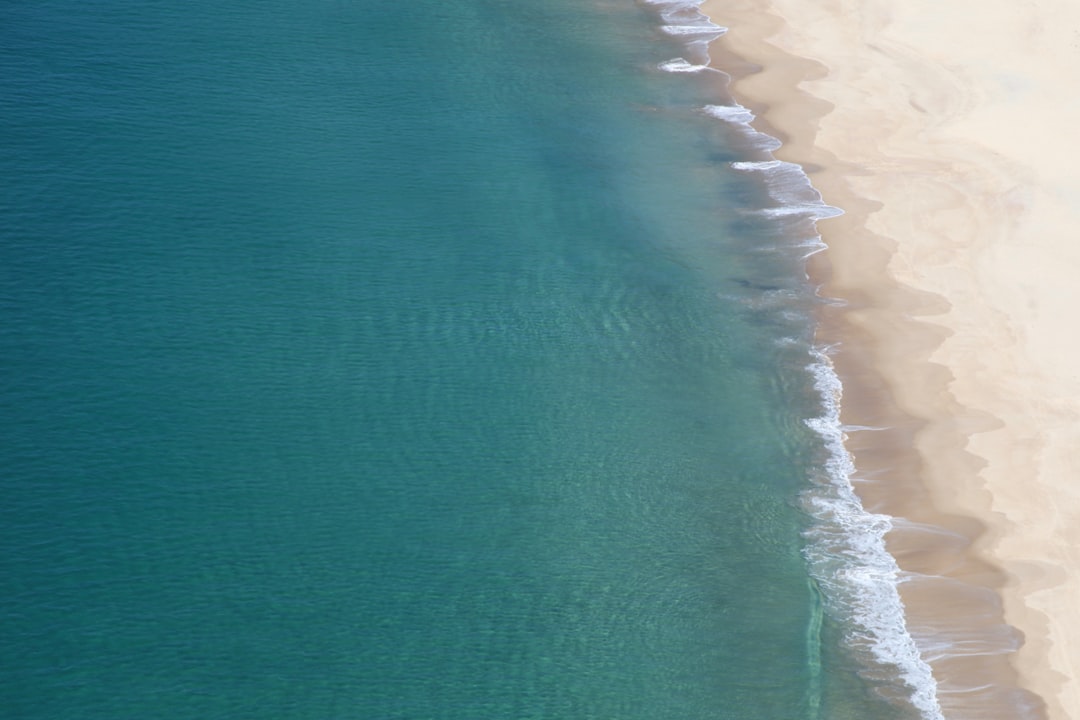What is it about?
Located in the semi-arid areas of Algeria, M’zi wadi basin experienced severe floods that pose a potent threat to the present day. In order to reduce and mitigate flood damage there is a need to develop tools for effective flood hazard management at basin scale, the paper aims to mapping of flood hazard potential areas in M’zi wadi basin, using Analytical Hierarchy Process (AHP) approach coupled with Geographic Information System (GIS), based on several parameters that are relevant to flood hazard which has been weighted depending to their contributions. The Rainfall-Runoff-Inundation (RRI) model was also used in this study to understanding the hydrological behavior of M’zi wadi basin and to evaluate the efficiency of structural measures in downstream areas of basin.
Featured Image

Photo by Kelly Sikkema on Unsplash
Why is it important?
The results show a reasonable agreement with the inundated areas detected by Sentinel-2 imagery. The result of the flooding hazard in M’zi wadi basin reveals that 3%, 0.84 %, 67 %, 29%, and 0.16 % of the catchment is high, very high, moderate, low, and very low flooding hazard areas respectively. The results show also that urban areas and agricultural areas surrounding of the lower portion of M’zi wadi are extremely exposed to flooding. The RRI model simulation results shows that the new dam -under construction-can reduce the magnitude of peak storm runoff only by 7%, and the widening of wadi near to outlet of basin can help to reduce the water level at this segment by 22 % compared with results of simulation of naturalized conditions.
Perspectives
Flood hazard areas assessment at M’zi wadi basin level can be used by concerned government’s department as an excellent supporter of decision-makers during extreme and intense rainfall events in making floodplain management decisions.
Prof. Abdelkader Hamlat
University of Laghouat
Read the Original
This page is a summary of: Flood hazard areas assessment at a regional scale in M'zi wadi basin, Algeria, Journal of African Earth Sciences, October 2021, Elsevier,
DOI: 10.1016/j.jafrearsci.2021.104281.
You can read the full text:
Contributors
The following have contributed to this page










